

- RFQ
- BOM
-
Contact Us
Tel: +86-0755-83501315
Email: sales@sic-components.com
- Chinese
- English
- French
- German
- Portuguese
- Spanish
- Russian
- Japanese
- Korean
- Arabic
- Irish
- Greek
- Turkish
- Italian
- Danish
- Romanian
- Indonesian
- Czech
- Afrikaans
- Swedish
- Polish
- Basque
- Catalan
- Esperanto
- Hindi
- Lao
- Albanian
- Amharic
- Armenian
- Azerbaijani
- Belarusian
- Bengali
- Bosnian
- Bulgarian
- Cebuano
- Chichewa
- Corsican
- Croatian
- Dutch
- Estonian
- Filipino
- Finnish
- Frisian
- Galician
- Georgian
- Gujarati
- Haitian
- Hausa
- Hawaiian
- Hebrew
- Hmong
- Hungarian
- Icelandic
- Igbo
- Javanese
- Kannada
- Kazakh
- Khmer
- Kurdish
- Kyrgyz
- Latin
- Latvian
- Lithuanian
- Luxembou..
- Macedonian
- Malagasy
- Malay
- Malayalam
- Maltese
- Maori
- Marathi
- Mongolian
- Burmese
- Nepali
- Norwegian
- Pashto
- Persian
- Punjabi
- Serbian
- Sesotho
- Sinhala
- Slovak
- Slovenian
- Somali
- Samoan
- Scots Gaelic
- Shona
- Sindhi
- Sundanese
- Swahili
- Tajik
- Tamil
- Telugu
- Thai
- Ukrainian
- Urdu
- Uzbek
- Vietnamese
- Welsh
- Xhosa
- Yiddish
- Yoruba
- Zulu
- Kinyarwanda
- Tatar
- Oriya
- Turkmen
- Uyghur
Low-Noise Amplifier Ic Alternatives
Looking for low-noise amplifier IC alternatives—well, it’s not just about swapping one part number for another. It’s about understanding what makes a low-noise amp tick, then finding options that fit your project’s quirks, whether that’s cost, size, or some specific performance tweak. Let’s start with the obvious: sometimes the “standard” low-noise ICs—your go-to op amps with 1nV/√Hz or better noise specs—are overkill. Or maybe they’re out of stock, or their package is too big for your tight PCB layout. That’s when alternatives start to look interesting.
Discrete designs, for example, get a bad rap for being finicky, but they’re surprisingly versatile. You can build a low-noise amplifier with a few transistors, some precision resistors, and capacitors, and tweak it to beat an off-the-shelf IC in certain areas. I’ve seen discrete setups in radio receivers that handle lower input signals than the fanciest ICs, just because you can choose each component for noise performance—like a JFET with ultra-low gate noise or a bipolar transistor with tight beta matching. The downside? They’re not plug-and-play. You have to simulate the circuit, account for temperature drift, maybe add compensation networks to keep them stable. But if you need something truly custom—say, a specific gain bandwidth or a weird supply voltage—discrete might be the way to go.
Then there are modular solutions, like evaluation boards or pre-assembled amplifier modules. These are basically discrete designs wrapped up in a tiny package, tested and ready to drop into your system. They’re a middle ground—more flexible than a standard IC, less work than building from scratch. I used one once in a sensor project where space was tight but noise was critical. The module had a built-in shield, which cut down on EMI that our original IC-based design was picking up. Sure, it cost a bit more than a bare IC, but the time saved in debugging? Worth it. Plus, many modules come with adjustable gain, which is handy if you’re not sure exactly what you need during prototyping.
https://www.sic-components.com/
Another angle: repurposing amplifiers designed for other roles. A precision instrumentation amp, for example, might not be marketed as “low-noise,” but its architecture—with matched input stages and high common-mode rejection—can make it quieter than some dedicated low-noise op amps in certain setups. I worked on a medical device once where we used an instrumentation amp meant for ECGs in a signal chain that needed to pick up microvolt-level sensor data. It turns out the amp’s low input bias current and tight offset voltage made it better than the “low-noise” op amp we’d initially spec’d. Sometimes you just have to look beyond the datasheet’s marketing buzzwords.
Of course, there are trade-offs. Discrete designs can drift more with temperature than ICs, which are often laser-trimmed for stability. Modules add size and cost. Repurposed amps might lack features like shutdown pins or wide supply ranges. But that’s the point—alternatives aren’t about finding a “better” option, just a more suitable one for your specific pain points. Maybe your project can tolerate a little more noise if it means saving space, or you need to prioritize ruggedness over raw noise performance.
I think the biggest mistake people make is sticking too rigidly to the “low-noise” label. The best amplifier for your harsh environment or sensitive sensor isn’t necessarily the one with the lowest noise figure on paper. It’s the one that balances noise with whatever else matters—power consumption, size, cost, or how well it plays with the rest of your circuit. Sometimes that’s a standard IC, sometimes it’s something you cobble together with discrete parts, or even borrow from a completely different application. At the end of the day, it’s about solving the problem, not checking a box on a datasheet.

Hot Products
View MoreRelated Blogs

2000+
Daily average RFQ Volume

30,000,000
Standard Product Unit

2800+
Worldwide Manufacturers

15,000 m2
In-stock Warehouse




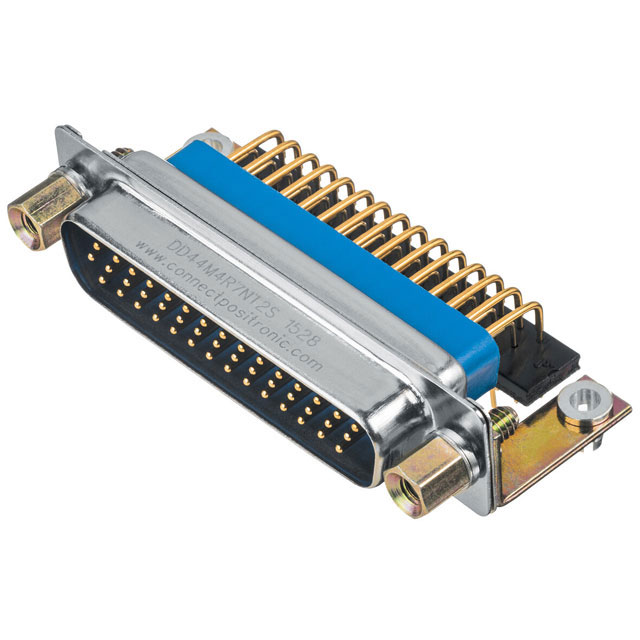
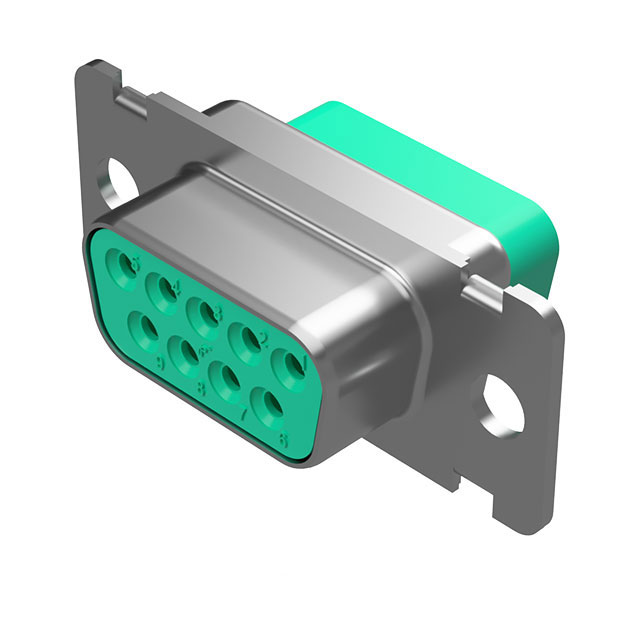
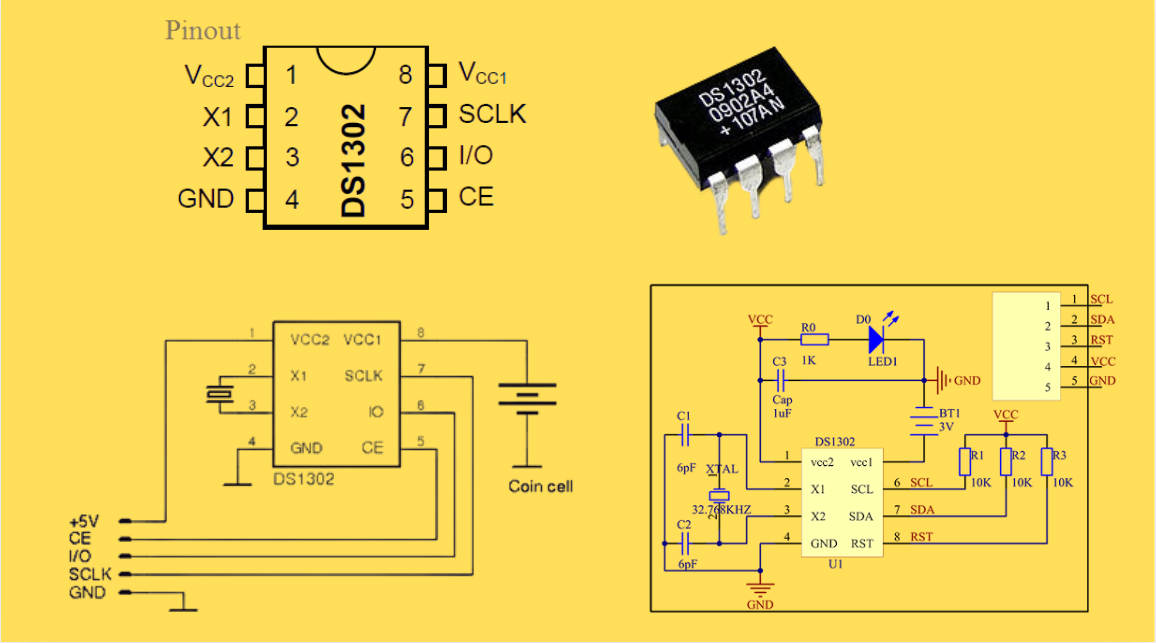

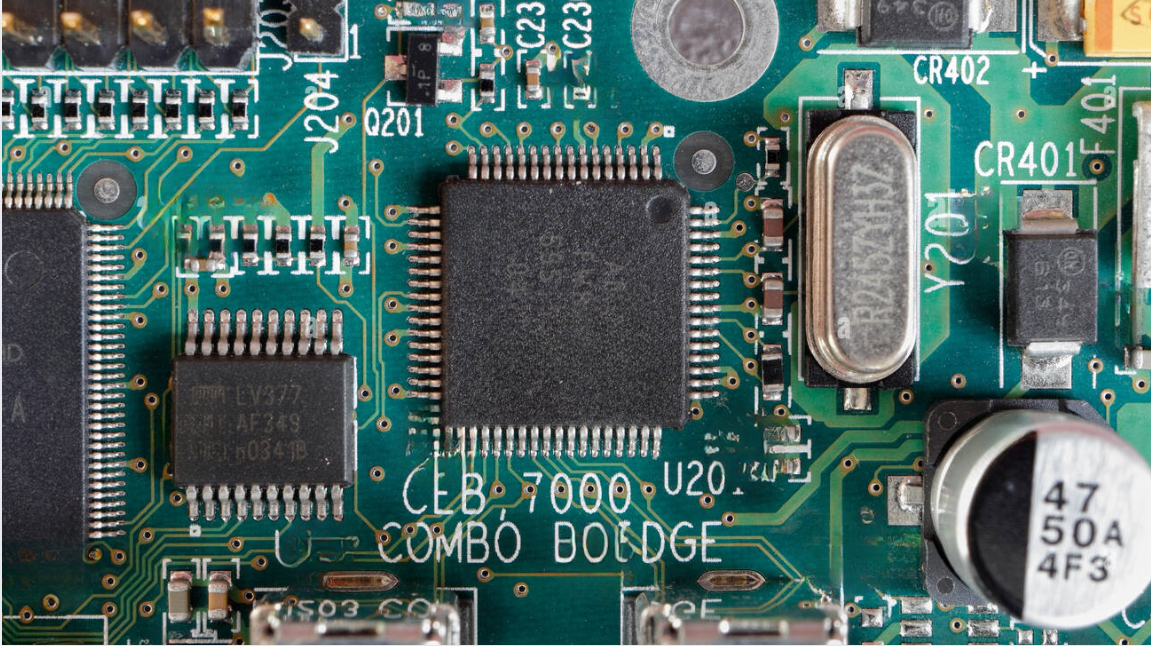
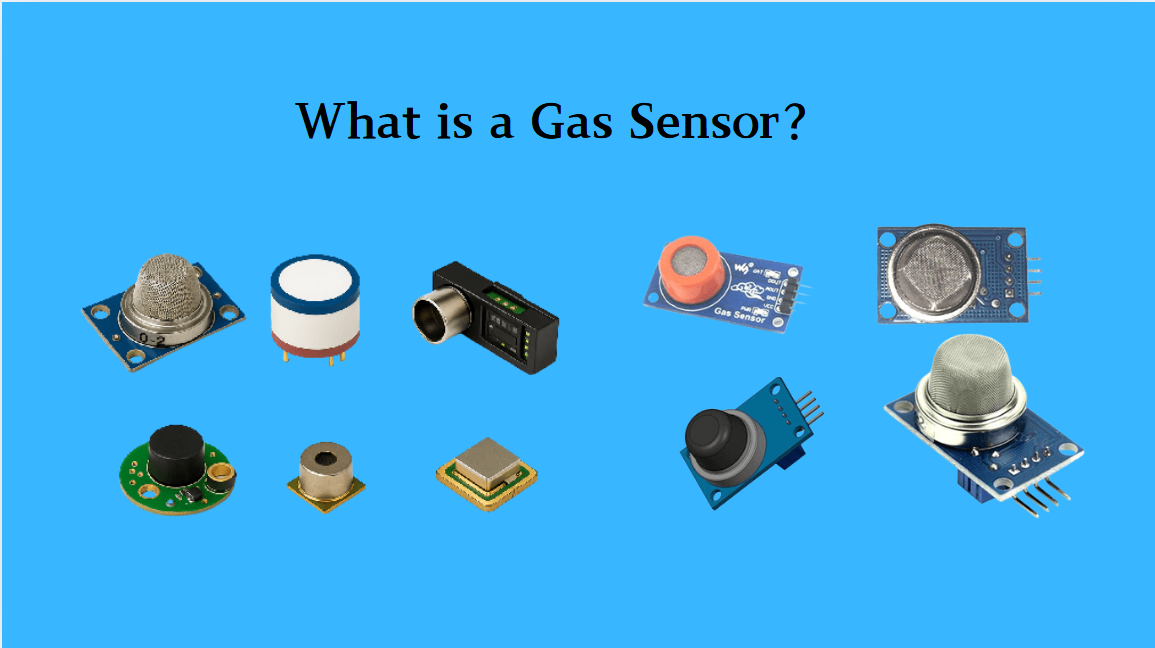

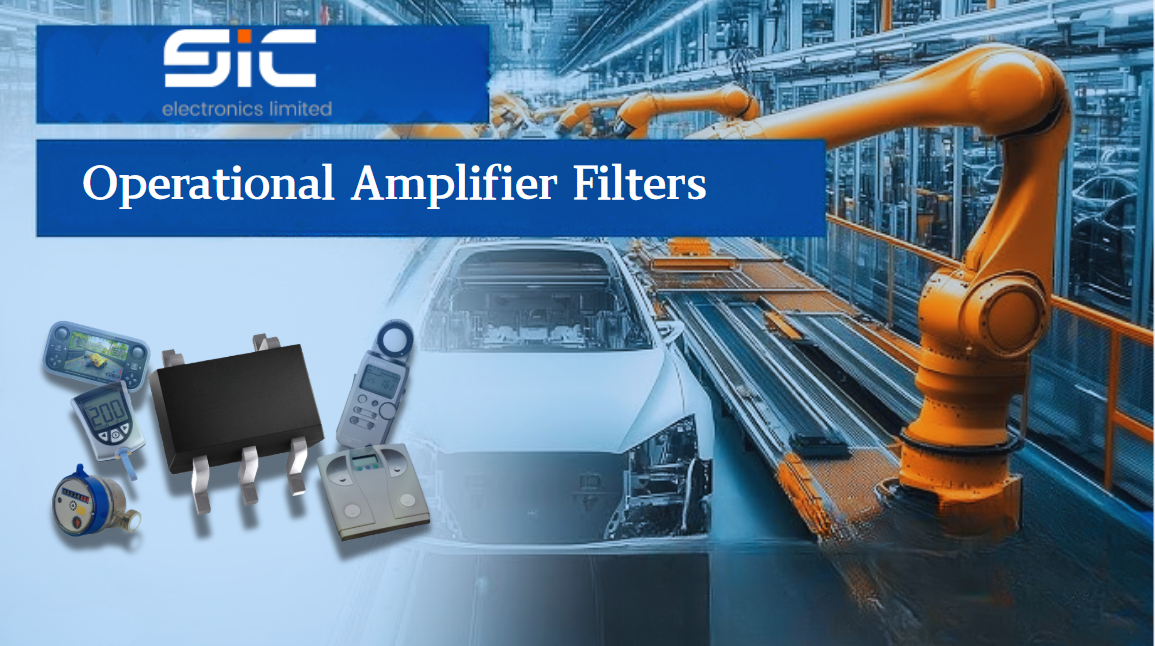
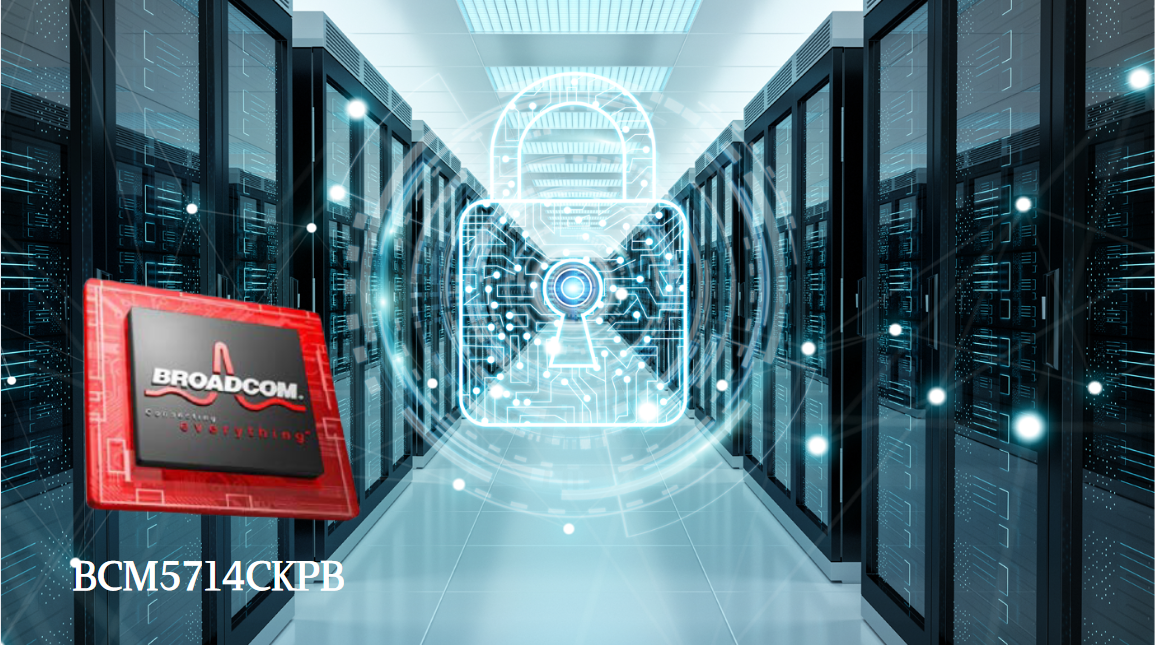
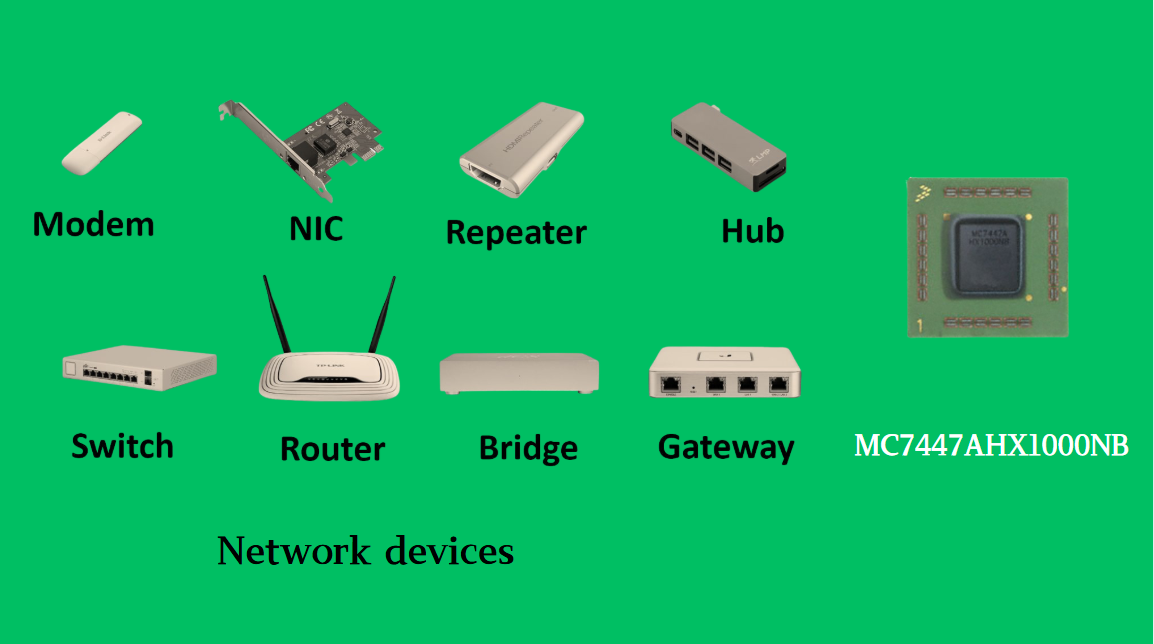

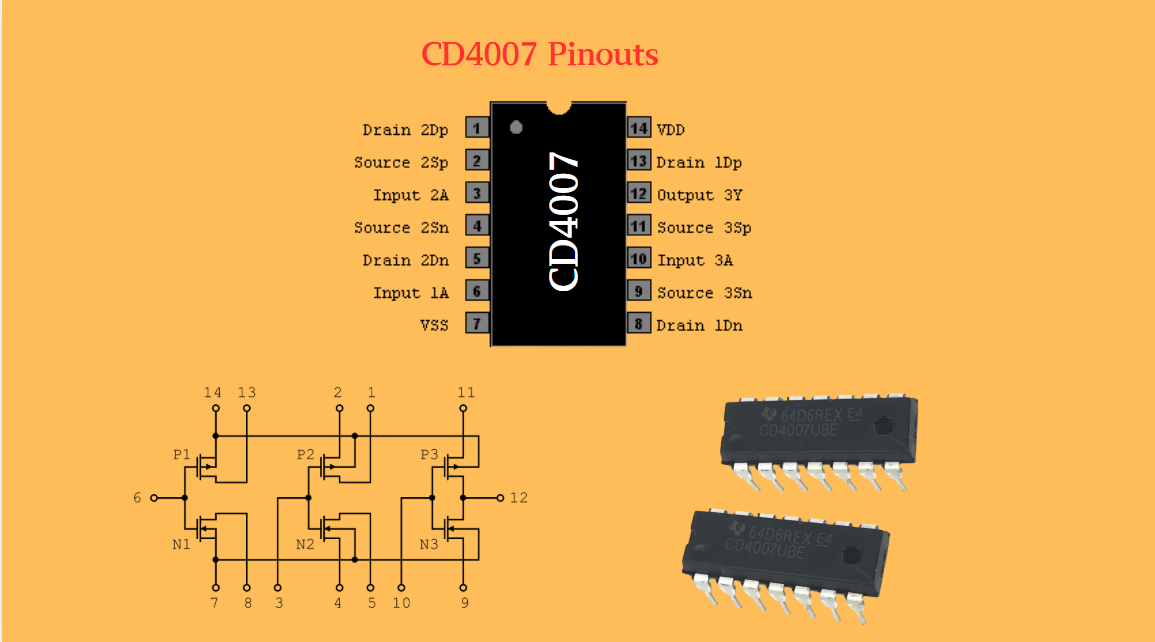
 Wishlist (0 Items)
Wishlist (0 Items)